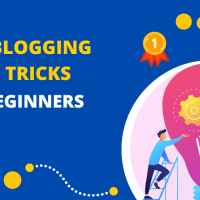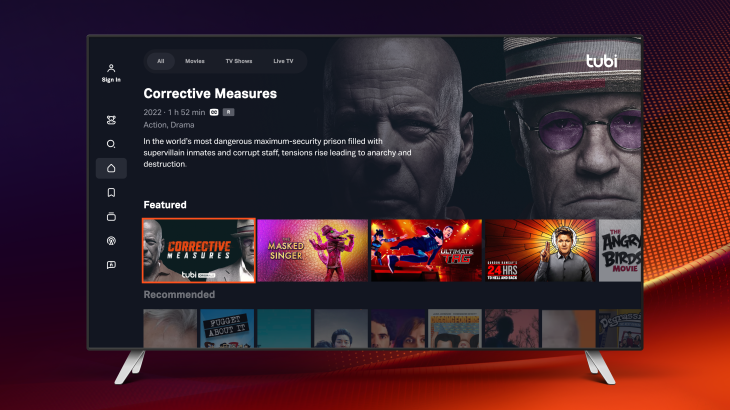It seems like every few months, another organization comes out with tips and tricks to make blogging more effective. A problem with many of these tips and tricks is that they are often time-sensitive. What worked, say, in 2018 may not work so well today.
However, there are blogging tips and tricks that have managed to withstand the test of time. They worked when they were first uncovered, and they still work today. Here are 10 of those blogging tips and tricks:
1. Have a blogging goal.
Before starting a blog, make sure you have a goal. Are you trying to promote the company, specific company products, or just address topics of general interest to the industry served? Also, remember. If the blog is used for product promotion, the more subtle and tactful the promotion is, the more effective it will be. The product being promoted can be mentioned, but sometimes, just adding links to a product being discussed – without mentioning the product directly – is all that is needed.
2. Know your audience.
When blogging for a company in the packaging industry, I found that the industry has many segments. For instance, a major segment is label manufacturers; another is the manufacturers making packaging materials and cardboard; a third are recycling companies that serve this industry. Each market and audience is different, so our blogs had to specifically serve the market we were trying to address and not the others.
3. Be safe, not sorry.
If quoting someone in your blog, make sure the quote is correct and give the person quoted credit. It’s very easy to check quotes. If that person is not credited, it will reflect badly on your company and your blog post.
4. Pick a blogging attitude.
It’s always best to stay educational, positive, and hopeful in your blogs. In business, upbeat is always best and should be the tone of all blogs published. Further, avoid politics and controversial topics. Your goal is not to change anyone’s mind on an issue but to encourage them to purchase your products and services.
5. Proofread.
Typos, grammar errors, spelling mistakes, and run-on sentences all stand out more online than on paper. Always proofread everything before publishing. This is even easier now with AI.
As to writing guidelines, here is what you need to know:
- Keep titles no longer than eight words.
- Sentences should max out at 20 words.
- Paragraphs should be no longer than 45 words.
6. Use photos selectively.
If a photo is added, make sure it is attractive and relevant to the story discussed. Blurred images really stand out online. Also, add ALT text that includes keywords for the blog. (more below)
7. Interact with readers…fast.
If someone comments or responds to one of your blogs, comment back as soon as you can. Interaction breeds more interaction, which increases the attention of search engines.
8. Keep it alive.
Blogs should be posted regularly—at least twice per week—to be effective. But this does not mean all your blogs must be fresh. Old blogs never die; they just need updating and repackaging. If you wrote a blog several years ago, but the content discussed remains relevant, just give it a facelift. A new title, updated content, and a new image are all that may be necessary.
9. Be flexible.
There probably has never been a medium that has changed as quickly as the Internet. Stay attuned to changes in the ways blogs are presented, and be aware of new technologies and opportunities to make your blogs stand out.
10. Keywords.
You can spend hours tweaking a blog for keywords. Here are some shortcuts.
- Select three keywords. Test them using Google Suggestto see if those keywords are used in searches. If not, those are not effective keywords.
- Have a primary keyword in your title, then one or more in your first paragraph, and then sprinkle the rest about every one hundred words. But not too many. Too many keywords in a blog post can reduce SEO.
- Finish the blog with selected keywords. This helps wrap up the blog.
- If you have subtitles (recommended), add at least one keyword to the subtitles and make them H3 or H4 headlines.
And a bonus tip:
View artificial intelligence as a tool to help your writing. Typically, I write a blog and then use an AI grammar checker to review it. It checks for grammar errors but also offers suggestions on how to make the content clearer and easier to understand.


























